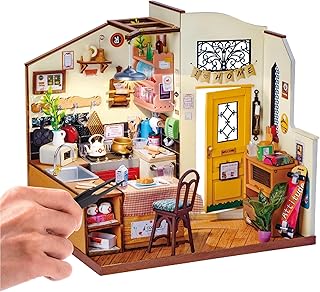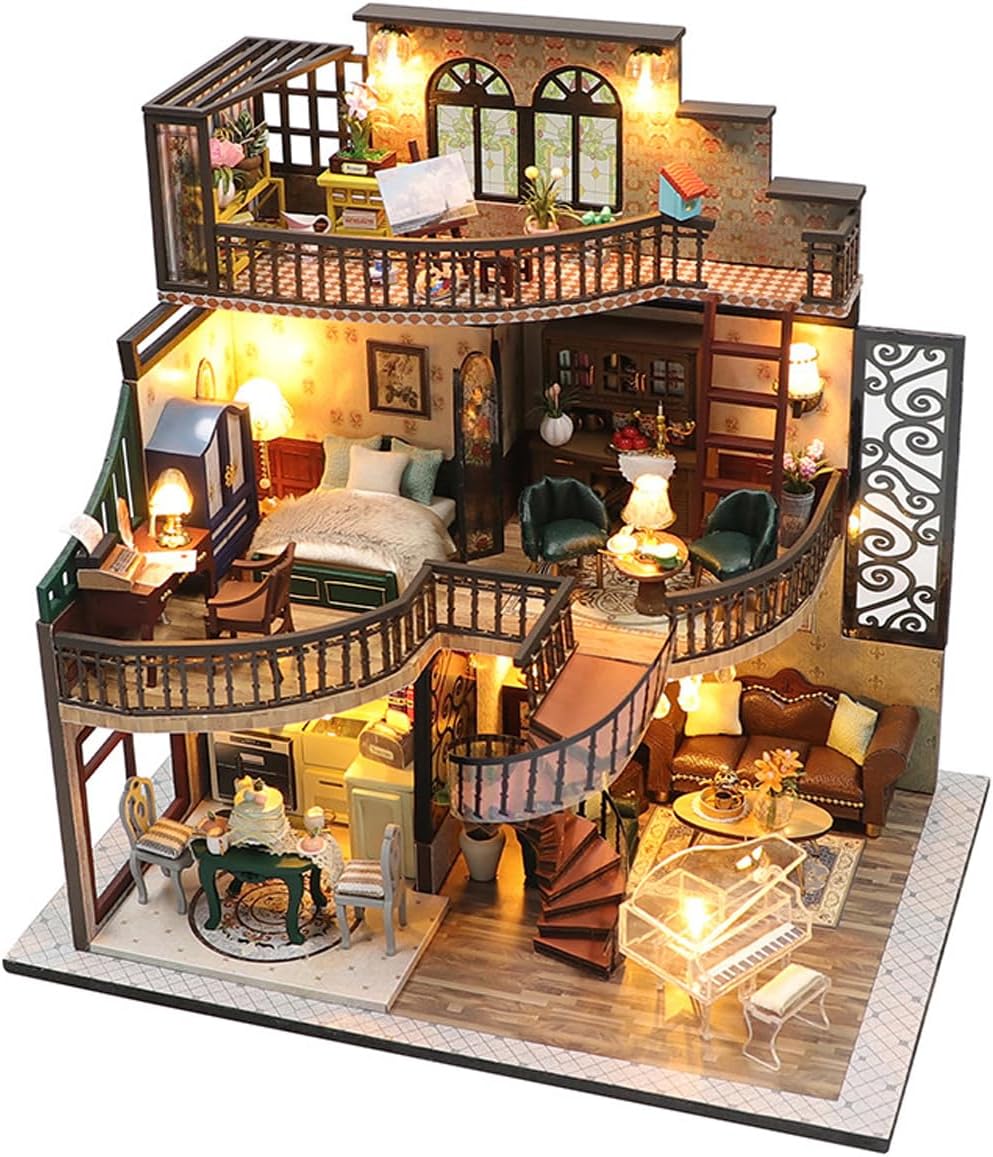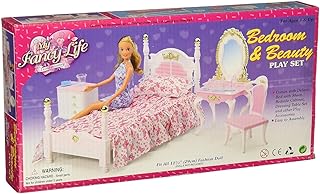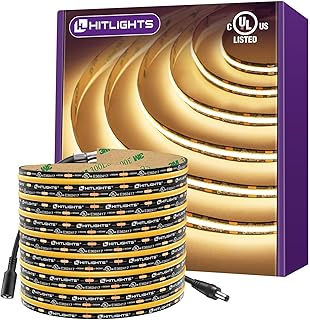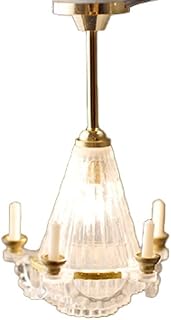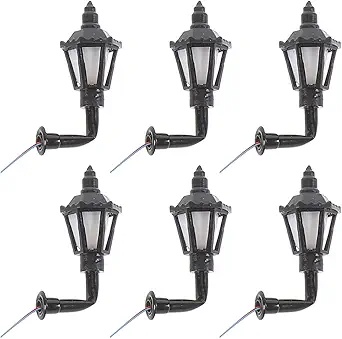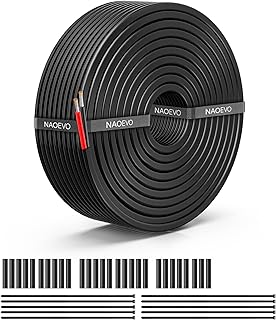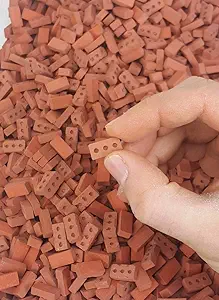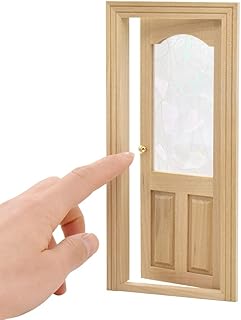Dollhouse Lighting Planner & Wiring Guide
There is no moment more magical than flipping a tiny switch and watching your dollhouse fill with a warm, gentle light. But for many miniaturists, the process of wiring feels like a complex mystery. Transformers, milliamps, tapewire—it’s enough to make you want to stick to unlit rooms! I created this planner to take the guesswork out of the equation.
This tool will help you plan your entire lighting system, ensuring you have enough power for every chandelier, sconce, and flickering fireplace. Follow this guide, plan your lights, and get ready to illuminate your miniature world with confidence.
Step 1: Add Lights to Your Plan
Step 2: Check Your Power Summary
Dollhouse Lighting 101: A Beginner’s Guide
A standard 12-volt dollhouse lighting system has four main parts. Think of it like water flowing through pipes:
- Transformer: This plugs into your wall and safely steps down your home’s 120V power to a safe 12V. It’s the “water pump” for your system. Transformers are rated in Watts or Amps (1 Amp = 1000 milliamps).
- Wiring: This carries the power to your lights. It can be flat tapewire that sticks to walls and floors, or traditional round wire. These are the “pipes.”
- Lights (Bulbs): Each bulb draws a certain amount of power, measured in milliamps (mA). This is the “water” flowing out of the tap. LEDs use far less power (10-20mA) than older incandescent bulbs (40-80mA).
- Fuse/Power Strip: A critical safety device that protects your system from power surges and short circuits. It’s the “pressure release valve.”
Your job as a planner is simple: make sure the total milliamps (mA) of all your lights doesn’t exceed the capacity of your transformer!
Essential Lighting Components & Tools
Starting with a complete kit is the easiest way to ensure you have all the compatible parts you need. Here are some highly-rated essentials available on Amazon.
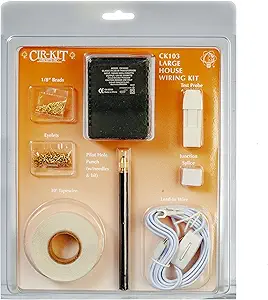
Cir-Kit Concepts Large Dollhouse Wiring Kit
Cir-Kit is a trusted U.S. brand. This kit includes a 1000mA (1 Amp) transformer, tapewire, a junction splice, and everything you need for a medium to large house.
View on Amazon
Pin Vise Hand Drill
An essential tool for wiring. A pin vise allows you to drill tiny, precise holes in walls and floors to run your wires through without causing damage.
View on Amazon
Miniature 12V LED Bulbs
Upgrading to LED bulbs is the smartest choice. They use 80% less power, last thousands of hours longer, and produce very little heat, making them safer.
View on AmazonFrequently Asked Questions (FAQ)
Is 12-volt dollhouse wiring safe to touch?
Yes, 12V is considered a safe, low voltage that will not cause an electrical shock. However, the primary safety concern is a short circuit, which can cause wires to overheat and create a fire risk. This is why using a fused power strip and never exceeding your transformer’s power rating is absolutely critical.
Why are some of my dollhouse lights dimmer than others?
This is usually due to “voltage drop.” The farther electricity has to travel from the transformer, the weaker it can get. If you have a very large house with long wire runs, the lights at the end of the line might be dimmer. To fix this, you can run a second “main line” to the farther part of the house or upgrade to a more powerful transformer.
Can I mix LED and incandescent bulbs in the same system?
Absolutely! The transformer provides 12V of power, and both bulb types can use it. The only thing you need to watch is the total power draw. Our planner accounts for this—just be sure to select the correct bulb type when adding a light to your plan.
